There can be your advertisement
300x150
Socket Placement Schemes on the Kitchen + Detailed Guide from a Professional
Modern kitchens are equipped with a large number of electrical appliances. A refrigerator, cooktop, oven, microwave, dishwasher, and electric kettle—these are just a minimum list of appliances found in most households. All these devices require electricity. Designer Olga Kashpurova explains how to distribute sockets properly.
To avoid mistakes, it's important to follow a sequence of actions and two rules.
Rule 1. Convenient and correct socket placement can only be planned after you've decided on the kitchen combination and know the dimensions of all cabinets and drawers—height, width, and depth. During the kitchen design phase, you should also finalize the appliances—clarify connection details and recommendations for electrical outlet placement.
Rule 2. It's important to remember that each household appliance should be connected to a separate circuit breaker in the electrical panel. Otherwise, you may lose the warranty on expensive equipment if it fails due to a voltage spike.
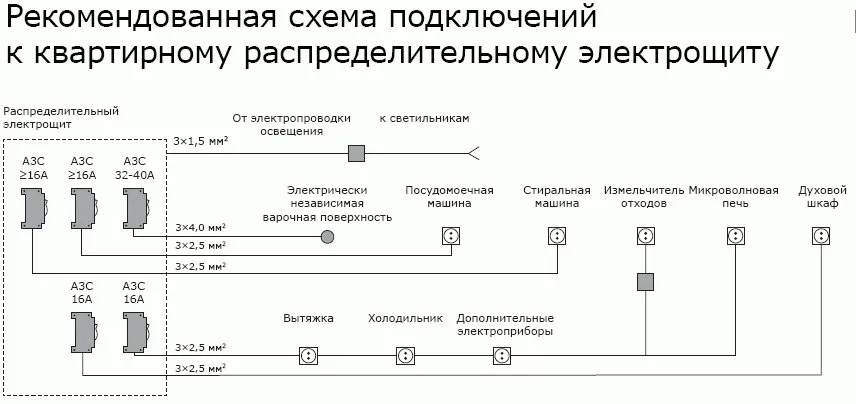 Socket for the Refrigerator
Socket for the RefrigeratorFor a built-in refrigerator, it's better to place the socket in the kitchen niche—this way, it will be accessible, and if needed, the appliance can be disconnected. Do not place the socket behind the appliance—it may interfere with installing the frame or the refrigerator itself. If the kitchen layout allows, you can place the socket in a neighboring cabinet. In this case, the height of the socket varies from 20 to 70 cm above the clean floor level and no more than 10–20 cm from the refrigerator.
For a freestanding refrigerator, placing the socket directly behind it is acceptable. However, the best option is to place it 5–10 cm away from the refrigerator: this way, the socket will be constantly accessible, and there's no need to move the refrigerator when disconnecting it.
 Design: Maria Rozhkovа
Design: Maria RozhkovаSockets for Cooktop and Oven
If it's not a single unit—electric stove, cooktop, and oven are connected to separate sockets. When the oven is placed in a conventional way under the cooktop, the sockets should be located 10 cm above the clean floor level in the kitchen niche, centered on the frame or in a neighboring cabinet.
If the oven is built into a column, place the socket there as well, centered on the frame at 55–70 cm above the clean floor level depending on the lower drawers. It's also possible to place it in the kitchen niche.
However, placing the socket directly behind the oven is not allowed. There is a high chance that the plug in the socket will interfere with installing the appliance.
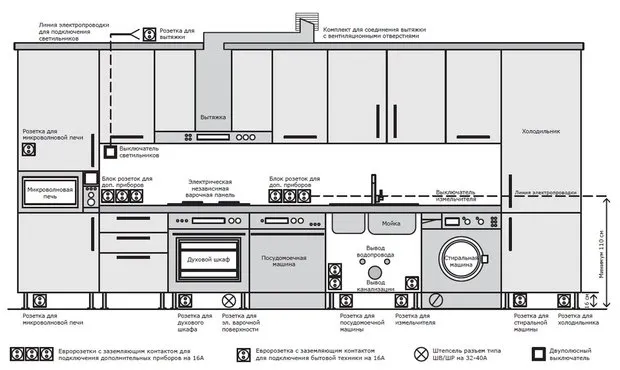 Sockets for Dishwasher and Washing Machine
Sockets for Dishwasher and Washing MachineDishwashers (PMM) and washing machines (SM) are usually installed next to the sink, which is convenient for water supply. The optimal placement of sockets is directly under the sink at a height of 15–25 cm above the clean floor level. The socket for a garbage disposal unit can also be placed there. When placing sockets under the sink, it's important to protect them from moisture.
Socket for Microwave Oven
The socket for a built-in microwave can be placed in the kitchen niche below or above the appliance, or above the kitchen if the appliance is built into the upper cabinet level.
For a freestanding microwave, installed on the countertop, it's advisable to plan the socket on the backsplash.
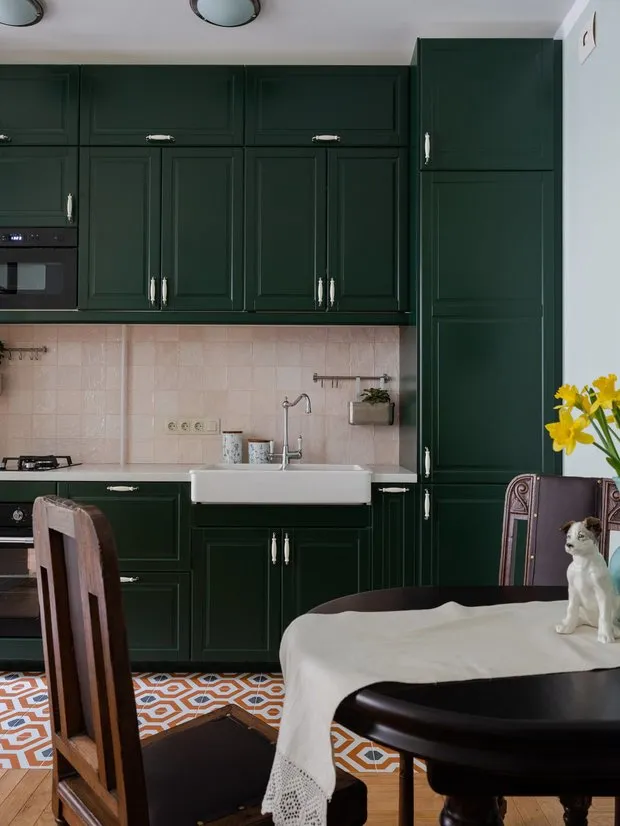 Design: Ludmila Danilovich
Design: Ludmila DanilovichSocket for Exhaust Fan
For built-in exhaust fans, the socket should be placed inside the cabinet or above the kitchen. The height of the socket depends on the height of the kitchen cabinets.
The socket for mounted or dome exhaust fans can be replaced with a connection point and the device connected directly. The main thing is to consider the size and passage of the ventilation duct—this should not block the socket or connection point.
Socket and Switch for Lighting
For lighting, both a socket and switch are needed. The optimal placement of the switch is in the group with household sockets on the backsplash.
The socket can also be placed above the kitchen or inside one of the mounted cabinets. The height of its placement depends on the height of the kitchen combination and cabinets.
 Design: GEOMETRIUM, Alexey Ivanov and Pavel Gerasimov
Design: GEOMETRIUM, Alexey Ivanov and Pavel GerasimovSockets for Small Household Appliances
For connecting small household appliances—kettle, coffee machine, toaster, blender—sockets are required on the kitchen backsplash. Their quantity directly depends on the number of appliances. Analyze how the cooking process will proceed, which appliances will be permanently placed on the countertop and in what location. Add 2–3 spare sockets for appliances used occasionally.
The optimal height for sockets on the backsplash is 110 cm above the clean floor level. It's best to group them in sets of 3–4 in a single frame, spaced about 1–1.2 meters apart. It's important to remember that sockets should not be placed close to the sink or cooktop.
Sockets for TV, Air Conditioner, and Gadgets
If a TV and air conditioner are planned for the kitchen—ensure there are sockets for this equipment. For charging phones, laptops, and other gadgets, also plan a spot, such as in the dining area.
I also recommend planning a socket for connecting a vacuum cleaner or steam mop. It can be placed in an inconspicuous spot above the baseboard.
 Design: Daria Maksimova
Design: Daria MaksimovaSumming Up
- Each household appliance should be connected to a separate circuit breaker in the electrical panel.
- For built-in refrigerators, it's better to place the socket in the kitchen niche.
- If you don't have an electric stove, cooktop, and oven connected to separate sockets.
- Placing the socket directly behind the oven is not allowed.
- The optimal placement of sockets for PMM and SM is directly under the sink at a height of 15–25 cm above the clean floor level.
- For built-in exhaust fans, place the socket inside the cabinet or above the kitchen.
- The socket for mounted or dome exhaust fans can be replaced with a connection point and the device connected directly.
- The number of sockets for small household appliances depends directly on the number of appliances.
Photo on the Cover: Design by Victoria Vishnevskaya
More articles:
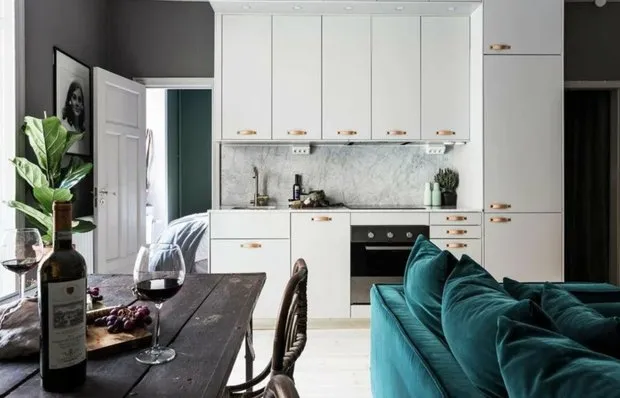 Stunning Swedish Interior Floating in Greenery and Colors
Stunning Swedish Interior Floating in Greenery and Colors Simple but vibrant studio for a student in St. Petersburg
Simple but vibrant studio for a student in St. Petersburg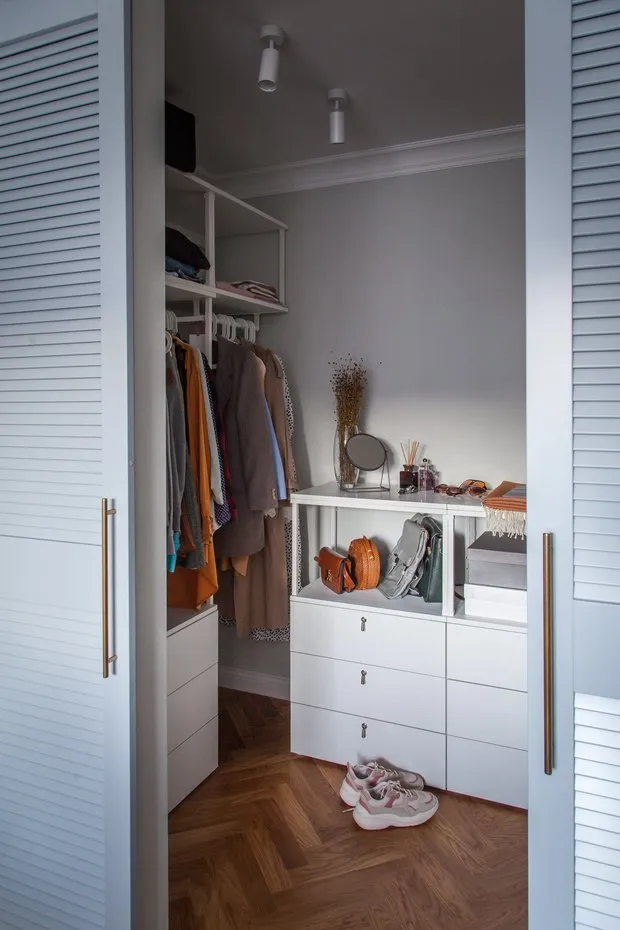 Where to Hide Things When There's No Space? Pros and Cons of a Closet in a Small Apartment
Where to Hide Things When There's No Space? Pros and Cons of a Closet in a Small Apartment Universal Design in a Studio Apartment 37 m²: Everything Thought Through to the Last Detail
Universal Design in a Studio Apartment 37 m²: Everything Thought Through to the Last Detail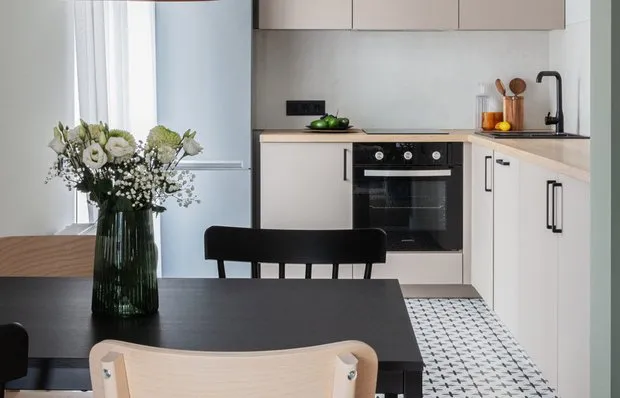 Convenient and Safe Kitchen Layout + Diagrams: 6 Tips
Convenient and Safe Kitchen Layout + Diagrams: 6 Tips How to Plan a Hallway: Great Tips + Diagrams
How to Plan a Hallway: Great Tips + Diagrams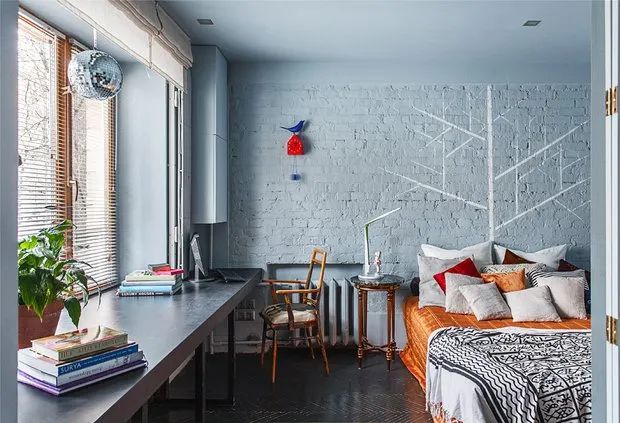 Interior of a Designer's 29 sqm Apartment with Lots of Creative Ideas
Interior of a Designer's 29 sqm Apartment with Lots of Creative Ideas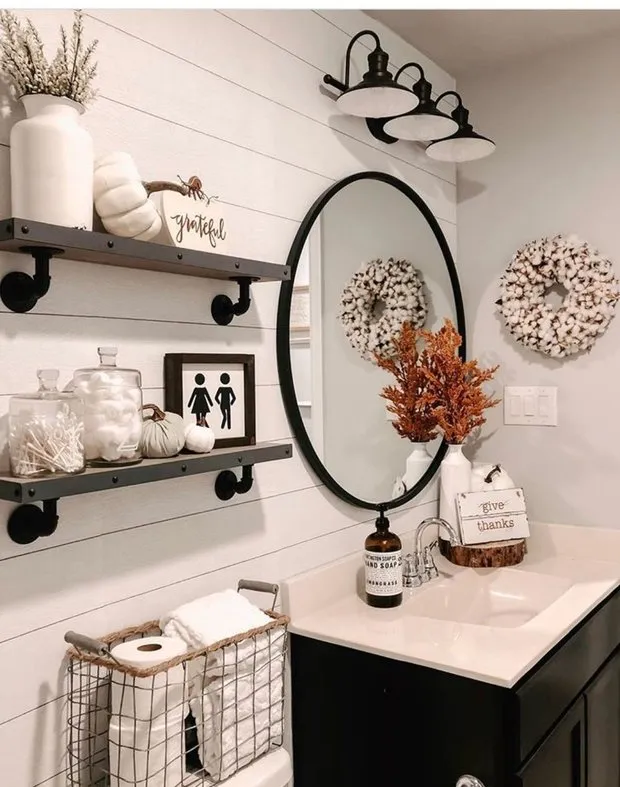 6 Tips for Organizing Storage in the Bathroom Without Visual Clutter
6 Tips for Organizing Storage in the Bathroom Without Visual Clutter